Shade gardens offer a serene and cool retreat from the scorching sun, making them a perfect addition to any outdoor space. With careful planning and thoughtful plant selection, you can transform even the darkest corners of your garden into a thriving oasis. In this blog post, we will take you through the step-by-step process of creating a shade garden, including the necessary tools, preparing the area, selecting and planting shade-loving plants, and tips for its maintenance. Additionally, we’ll provide you with a list of perennials that flourish in shade.
Preparing the Area:
- Evaluate the Shade:
Determine the degree of shade in your garden to understand what plants will thrive best. Consider partial shade, dappled shade, or full shade areas. - Clear the Area:
Remove any weeds, debris, and unwanted vegetation from the designated area. Use a spade or garden fork to loosen the soil and remove any large rocks or roots. - Improve Soil Quality:
Amend the soil with organic matter, such as compost or well-rotted manure, to improve its texture, drainage, and nutrient content. Mix it evenly into the soil using a garden fork. - Level the Ground:
Use a rake to level the ground and create a smooth surface for planting.
Selecting and Planting Shade-Loving Plants:
- Research Shade-Tolerant Plants:
Look for plants that are known to thrive in low-light conditions. Consider their size, bloom time, foliage color, and maintenance requirements. - Create a Planting Plan:
Group plants based on their light requirements and aesthetic appeal. Consider plant height and choose a variety of plants to add depth and texture to the garden. - Purchase Healthy Plants:
Visit a local nursery or garden center to choose healthy plants. Look for well-developed foliage, no signs of pests or diseases, and strong root systems. - Dig Planting Holes:
Dig holes that are wider and slightly deeper than the plant’s root ball. Loosen the root ball gently and place the plant in the hole at the same level it was in the container. - Backfill and Water:
Fill the hole with soil, firming it gently around the plant. Water thoroughly to settle the soil and provide hydration to the newly planted vegetation. - Mulch the Garden:
Apply a layer of mulch around the plants, leaving space around the stem or trunk to prevent rot. Mulch helps retain moisture, suppress weeds, and regulate soil temperature.
Tips for Maintaining a Shade Garden:
- Watering:
Shade gardens generally require less water than sun-drenched areas. Monitor the soil moisture and water when the top inch of soil feels dry. - Pruning and Trimming:
Regularly prune dead or damaged branches to maintain the health and aesthetics of your plants. Trim back any overgrown foliage to allow for proper airflow and sunlight penetration. - Fertilization:
Apply a slow-release, balanced fertilizer in spring to provide essential nutrients to your shade-loving plants. Follow the instructions on the fertilizer packaging for best results. - Weed Control:
Keep the garden free from weeds that compete for nutrients and water. Hand-pull weeds or use an organic weed control method to avoid damaging the surrounding plants. - Pest and Disease Management:
Monitor your plants for signs of pests or diseases. Early detection can help prevent potential damage. Use organic pest control methods or seek advice from a local gardening expert.
Perennials Suitable for Shade Gardens:
- Hosta (Hosta spp.)
- Astilbe (Astilbe spp.)
- Bleeding Heart (Dicentra spp.)
- Foamflower (Tiarella spp.)
- Lungwort (Pulmonaria spp.)
- Brunnera (Brunnera macrophylla)
- Coral Bells (Heuchera spp.)
- Solomon’s Seal (Polygonatum spp.)
- Japanese Forest Grass (Hakonechloa spp.)
- Bigroot Geranium (Geranium macrorrhizum)
Creating a shade garden is an opportunity to transform the shaded areas of your outdoor space into a lush and inviting retreat. By preparing the area, carefully selecting shade-loving plants, and following proper maintenance practices, you can create a thriving oasis that brings beauty and tranquility to your garden. With the list of perennials provided, you can start your shade garden journey and enjoy the rewards of a serene and captivating outdoor sanctuary. Happy gardening!
-
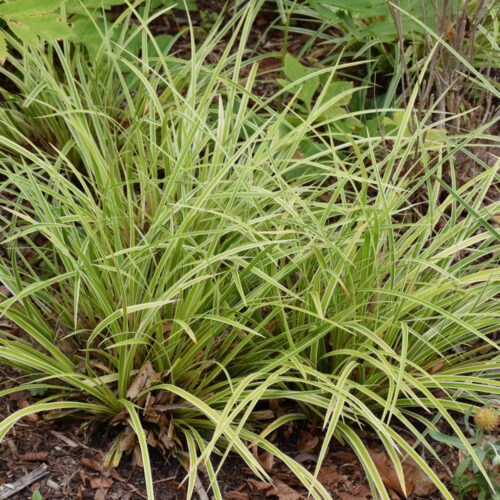 EverColor® Everglow Sedge, 2 Gal$39.99
EverColor® Everglow Sedge, 2 Gal$39.99 -
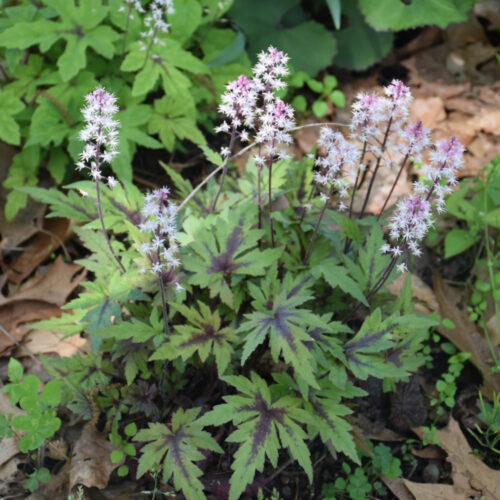 Proven Winners® Cutting Edge Foamflower, 1 Gal$31.99
Proven Winners® Cutting Edge Foamflower, 1 Gal$31.99 -
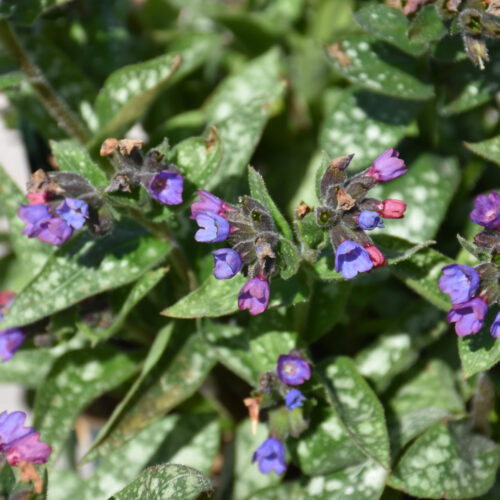 Proven Winners® Spot On Lungwort, 1 Gal$31.99
Proven Winners® Spot On Lungwort, 1 Gal$31.99 -
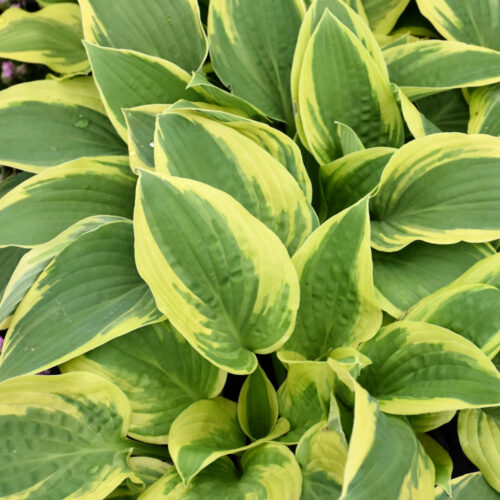 Wide Brim Hosta, 1 Gal$29.99
Wide Brim Hosta, 1 Gal$29.99 -
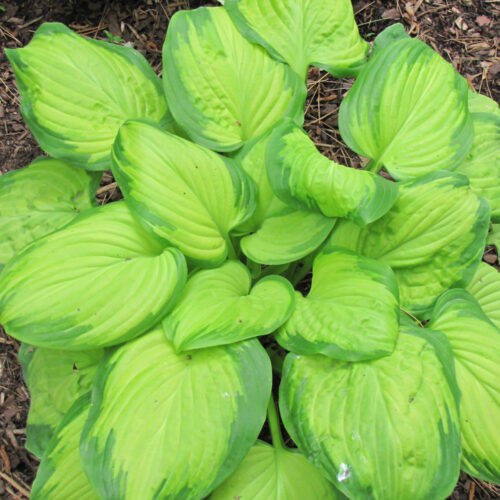 Stained Glass Hosta, 1 Gal$29.99
Stained Glass Hosta, 1 Gal$29.99 -
 Firn Line Hosta, 1 Gal$31.99
Firn Line Hosta, 1 Gal$31.99 -
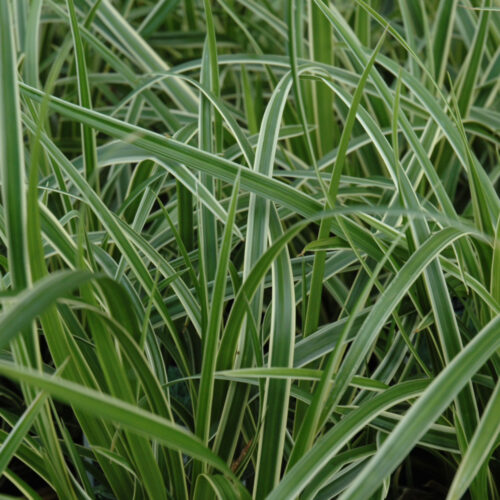 Ice Dance Sedge, 1 Gal$29.99
Ice Dance Sedge, 1 Gal$29.99 -
 Evergold Variegated Japanese Sedge, 1 Gal$29.99
Evergold Variegated Japanese Sedge, 1 Gal$29.99 -
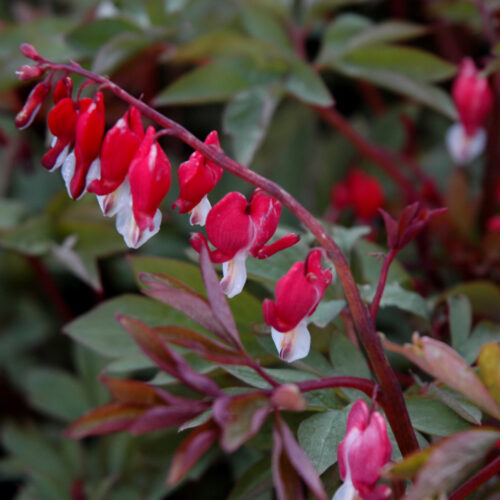 Valentine Bleeding Heart, 1 Gal.$34.99
Valentine Bleeding Heart, 1 Gal.$34.99
More Recent Posts
June: Celebrating Perennial Gardening Month
June is a special month for gardeners, marking the celebration of Perennial Gardening Month as recognized by the Perennial Plant Association and National Garden Clubs, Inc. This month-long event encourages gardeners to explore the beauty and resilience of perennial plants, which are known for their ability to return year after year, offering continuous beauty and…
The Beauty and Benefits of Beebalm: A Gardener’s Delight
Beebalm, also known as Monarda or bergamot, is a true gem in the world of gardening. This vibrant perennial is not only a feast for the eyes with its stunning blooms, but it also offers a plethora of benefits for your garden and beyond. Whether you’re an experienced gardener or just starting out, beebalm is…
Discover Proven Winners® Blue My Mind® Evolvulus
Proven Winners® Blue My Mind® Evolvulus
Daylilies: A Vibrant Addition to Your Garden
Stella de Oro Daylily
Grow Lush, Vibrant Flowers with Jacks Classic Petunia Feed
Jacks Classic No.1.5 20-6-22 Petunia Feed is an essential addition to any gardener’s toolkit.
Portulaca: The Underrated Jewel of the Garden
Shop Portulaca on ShipMyPlants.com













